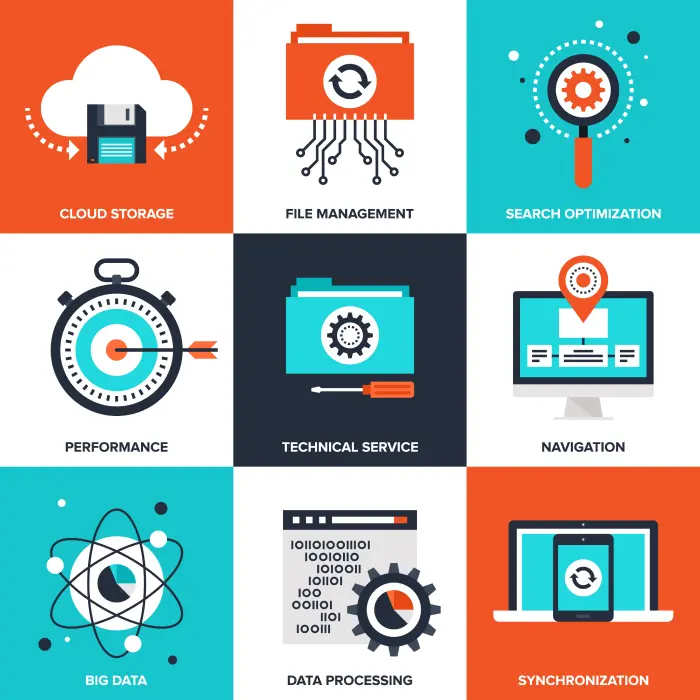
Our client, a billion-dollar company renowned for its audit and finance consulting services to the world’s famous brands, faced significant transactions daily. The client wants a solution that automates the cash application process and reduces errors such as payment mismatches and even delayed payments.
The client was using SAP ECC systems for their Account Receivable/Treasury Management (AR/TM) transactions which lacked features to achieve the client’s requirements.
Our SAP ABAP experts assisted the client by upgrading their existing SAP systems and achieving the desired output.

The current SAP ECC system needs to have the necessary functionality to automate the payment posting process, leading to frequent manual errors. LMTEQ’s SAP ABAP experts aim to upgrade the system to SAP S/4HANA to address this issue. This upgrade is essential because SAP S/4HANA offers advanced matching algorithms and leverages in-memory computing, making it ideal for automating payment posting. Our team begins by thoroughly analyzing the existing system architecture to ensure a seamless transition. During the upgrade process, we prioritize minimizing downtime and ensuring the new features, such as AutoCash match (ACM), function as intended. This meticulous approach guarantees the successful implementation of SAP S/4HANA, enhancing efficiency and reducing errors in payment posting.
Since the existing system is still in operation, our team decided to utilize the retrofit approach that enables us to apply the necessary updates without completely overhauling them. With this approach, we were able to incrementally perform updates and ensure the continuity and stability of the systems. Our SAP experts then update the architecture using the N+1 approach. In this strategy, the current architecture, labeled as the “N” version, coexists seamlessly with the new “N+1” version. This setup allows for smoother transitions and thorough testing before fully switching to the new version. By operating both versions in parallel, we identify and address any issues early on and make sure the upgrade is efficient.

Our team focuses on three aspects of the implementation, which are as follows:

Implementing SAP S/4HANA in phases across different business units and geographical locations ranging from Asia-Pacific to the Middle East.

Operating both SAP ECC and SAP S/4HANA concurrently for a period, to make sure the critical business functions can continue without interruption.

Ensuring that data remains consistent and synchronized between the legacy and new systems during the transition and the post-migration phase.
Our team handled the integration with AutoCash matching by leveraging SAP ABAP for custom codes, user interfaces, and APIs for different systems and modules.
With the new upgrade system with AutoCash match, the client saw a higher success rate with over 90% accuracy in matching payments to invoices, significantly reducing errors. Also, since our team leveraged ABAP language for the upgrade, we integrated ABAP programs with the S/4HANA systems for real-time analytics and faster report generation. This enables proactive decision-making.
Our team assisted our client in improving their user experience during the upgrade process by utilizing ABAP and SAP Fiori/UI5.
Now, the team has successfully deployed the upgrade for 70% of all client companies globally.
